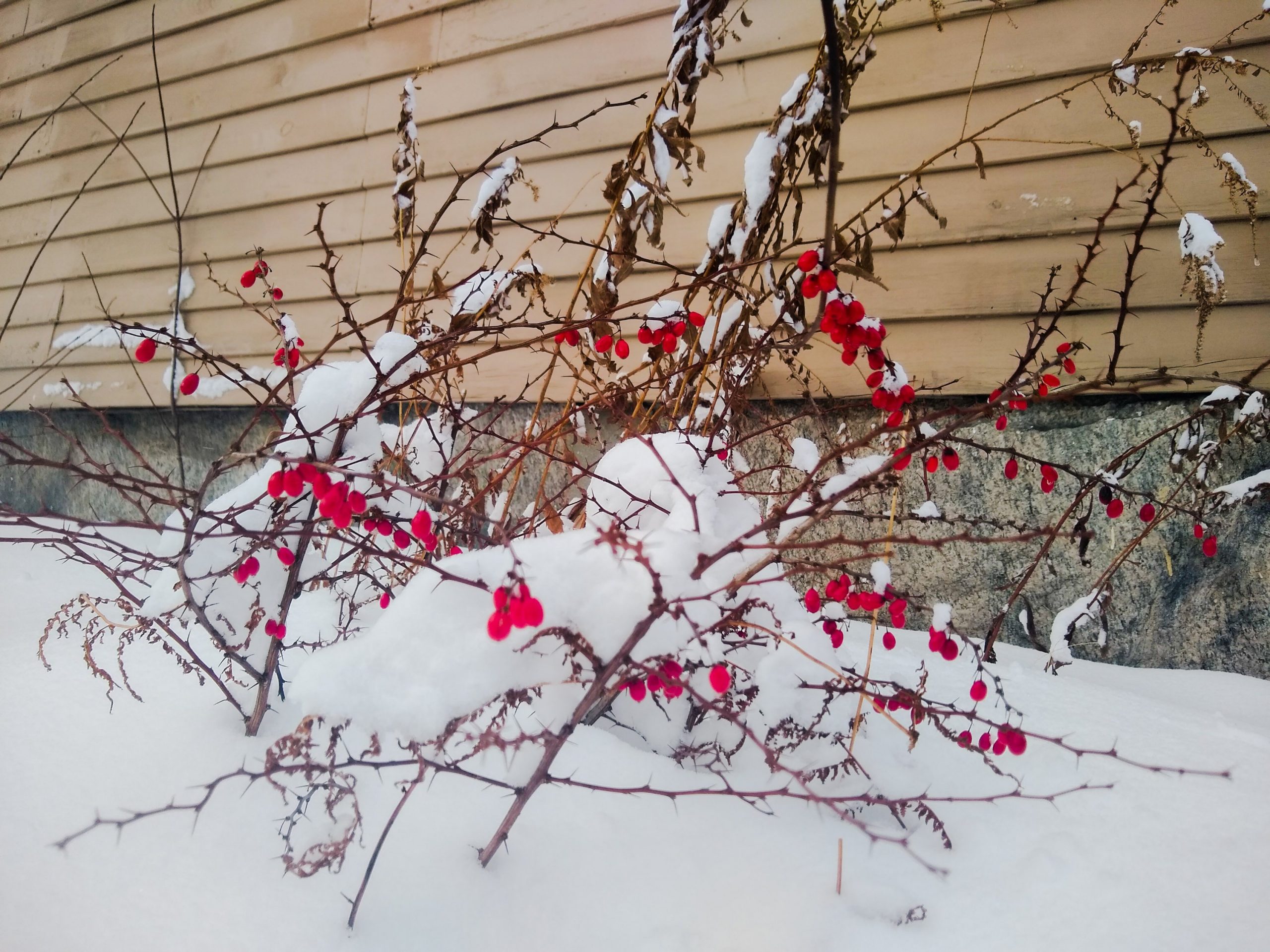How To Grow A Japanese Barberry Bush
Title: How to Grow a Japanese Barberry Bush
Japanese barberry bushes are hardy, deciduous shrubs that can add beauty and interest to any landscape. They are known for their colorful foliage, which can range from green to yellow, orange, red, and purple in the fall. Barberry bushes also produce small, red berries that are attractive to birds.
If you are thinking about adding a Japanese barberry bush to your garden, here are some tips on how to grow it successfully:
Choose the right location. Japanese barberry bushes prefer full sun, but they can tolerate partial shade in warmer climates. The soil should be well-drained and loamy.
Plant your barberry bush in the fall or early spring. Dig a hole that is twice as wide and as deep as the root ball of the plant. Amend the soil with compost or other organic matter. Place the plant in the hole and backfill with soil, tamping it down gently. Water the plant deeply.
Water your barberry bush regularly, especially during the first year after planting. Once the plant is established, it can tolerate some drought.
Fertilize your barberry bush once a year in the spring with a balanced fertilizer. Do not overfertilize, as this can lead to leaf burn.
Prune your barberry bush in the spring to remove dead, diseased, or damaged branches. You can also prune it to shape it or to keep it from getting too large.
Mulch around your barberry bush to help retain moisture and suppress weeds.
With proper care, your Japanese barberry bush will thrive for many years to come.
Japanese barberry bush is a popular ornamental shrub that is known for its colorful foliage and sharp thorns. However, it is also an invasive species in many parts of the United States. If you are considering planting Japanese barberry bush, it is important to do your research and understand the potential risks.
For more information about Japanese barberry bush, please visit Home Gardening. This website provides comprehensive information about the plant, including its history, uses, and invasive potential. You can also find tips on how to control Japanese barberry bush if it has already invaded your property.
FAQ of japanese barberry bush
- What are the benefits of planting a Japanese barberry bush?
Japanese barberry bushes are known for their colorful foliage, which can range from yellow to red to purple. They are also relatively low-maintenance and can tolerate a variety of soil conditions. In addition, Japanese barberry bushes can provide some privacy and windbreak.
- How do I care for a Japanese barberry bush?
Japanese barberry bushes are relatively easy to care for. They need full sun or partial shade and well-drained soil. They should be watered regularly, especially during hot, dry weather. Japanese barberry bushes do not need to be fertilized often, but they may benefit from a light application of fertilizer in the spring.
- How can I control Japanese barberry bush growth?
Japanese barberry bushes can be invasive, so it is important to control their growth. You can do this by pruning them regularly or by using a root barrier to prevent them from spreading.
- Is Japanese barberry bush toxic?
Yes, Japanese barberry bush is toxic to humans and animals. The leaves, stems, and roots of the plant contain berberine, which can cause a variety of symptoms, including nausea, vomiting, diarrhea, and abdominal pain. In severe cases, berberine poisoning can lead to seizures, coma, and death.
- How can I remove a Japanese barberry bush?
There are a few different ways to remove a Japanese barberry bush. You can dig it up, cut it down, or use a herbicide. If you choose to dig it up, be sure to remove the entire root system to prevent the plant from resprouting. If you choose to cut it down, be sure to cut the stump as close to the ground as possible. If you choose to use a herbicide, be sure to use one that is specifically labeled for Japanese barberry bush removal.
Image of japanese barberry bush
10 different images of Japanese barberry bush that are free to use:
- A close-up of a single Japanese barberry leaf. The leaf is dark green with serrated edges and has a single sharp spine at the base.
- A cluster of Japanese barberry leaves. The leaves are a mix of dark green and yellow-green, and they have a few sharp spines.

- A Japanese barberry bush in full bloom. The bush is covered in small, bright red flowers.

- A Japanese barberry bush with ripe berries. The berries are small, bright red, and oblong.

- A Japanese barberry bush growing in a hedge. The bush has a dense, thorny growth habit and can be used to create a privacy hedge.

- A Japanese barberry bush growing in a woodland garden. The bush's dark green leaves provide contrast to the other plants in the garden.

- A Japanese barberry bush growing in a container. The bush can be grown in containers as long as it is given enough sunlight and water.

- A Japanese barberry bush in winter. The bush's leaves have fallen off, but its red stems and berries provide winter interest.

- A Japanese barberry bush being pruned. The bush can be pruned to keep it in shape or to encourage new growth.

- A Japanese barberry bush being used as a Bonsai. The bush's small size and compact growth habit make it well-suited for Bonsai cultivation.


Post a Comment for "How To Grow A Japanese Barberry Bush"